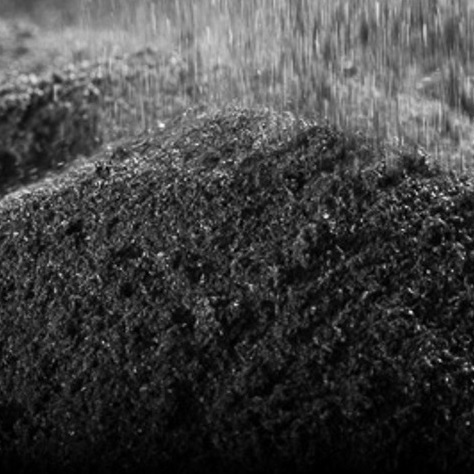Rubber Powder
Rubber dust is the finest product after waste solid tires recycling. The name ‘powder’ clearly specifies its size which is between 0,1 and 1 millimetre. Rubber powder we produce and sell is completely clean from any iron and textile impurities. This is very important for the manufacturing of new objects.

Rubber Powder Uses
Rubber dust from waste solid tires recycling has various applications, in industrial products manufacturing above all. The main tires manufacturers use it in new tires compounds. Also, rubber powder is used in the making of insulating boards, seals and anti vibration panels. The ultimate use is mixed with bitumen to obtain rubber asphalt.
Uses
- Rubber Powder becomes Asphalt
- Rubber Compounds
- Renew-ability
Rubber Powder becomes Asphalt
By using rubber powder, which is a secondary raw material, the maker has an economic advantage: it can lower both production and maintenance costs.
The user also gains many advantages. Safety is the major one. The tires improve their adherence while driving on rubber asphalt. Even tire life is longer because the surface is less rough.
Further, the environment achieves a huge benefit. Effectively, by using rubber dust there is less demand for virgin raw materials and less energy consumption to source them, in a time period where using green energy is essential.
Rubber Compounds
The same advantages seen on rubber asphalt are relevant even in new tires’ compounds outcome. That is to say, less demand for raw materials, less production cost and advantages for the environment. In 2009 the RMA, Rubber Manufacturer Association delivered a study in which they focused on the presence of rubber powder in new products we use everyday. They concluded that rubber particle do not represent any risk for human health if used to produce new objects.
Renew-ability
Renewability is the keyword to define those products sourced from recycled materials, like rubber dust in our case. Due to a more efficient system of waste tires collection and recycling, precious secondary raw materials are reused avoiding the risk to pollute the environment. Moreover, there is less demand for virgin raw materials and oil-based feed-stocks, saving energy and reducing greenhouse gases.